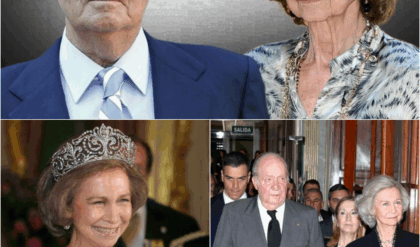
According to the Smithsonian National Air and Space Museum website, after the maiden flight, the US Navy requested heavier armament for production Corsairs and Rex Beisel, the Vought team chief designer, redesigned each outboard folding wing panel to carry three .50 caliber machine guns. These guns displaced fuel tanks installed in each wing leading edge. To replace this lost capacity, an 897-liter (237 gal) fuselage tank was installed between the cockpit and the engine. To maintain the speedy and narrow fuselage profile, Beisel could not stack the cockpit on top of the tank, so he moved it nearly three feet aft.
Now the wing completely blocked the pilot’s line of sight during the most critical stages of landing. The early Corsair also had a vicious stall, powerful torque and propeller effects at slow speed, a short tail wheel strut, main gear struts that often bounced the airplane at touchdown, and cowl flap actuators that leaked oil onto the windshield. These difficulties, combined with the lack of cockpit visibility, made the airplane nearly impossible to land on the tiny deck of an aircraft carrier. Navy pilots soon nicknamed the F4U the ‘ensign eliminator’ for its tendency to kill these inexperienced aviators.
The “ensign eliminator”
As explained by Martin Irons in the book Corsair Down! Tales of Rescue and Survival during World War II, the “ensign eliminator” moniker came about after the first Corsair squadron, VF-12 got its birds in October 1942. Stationed at NAS San Diego they suffered through slow delivery of their planes and the usual teething problems of early birds.
Just weeks after receiving their Corsairs, Walter Burkhart Bayless, USN, was forced to crash-land the Corsair 02167, just the fifteenth dash-one built. With a thousand hours of flying time in his logbook, the Annapolis man put his bird down on a mesa near La Jolla. After tearing through wire fencing and colliding with fence posts, Bayless was able to stop his bird just short of a 300-foot cliff. Both man and machine would eventually return to the air on another day.
Attrition was high for the Fighting Twelve, with fourteen pilots lost through mid-1943. From San Diego, the squadron moved to Pearl Harbor in the spring as preparation for eventual carrier-based missions aboard the USS Saratoga.
On the fourth of May, Lt. Cmdr. Bayless led a predawn flight of four birdcages from Maui. The division was last seen entering a storm front. They never returned. Subsequent searches for the lost division found just oil slicks and flotsam riding the waves. Whether the birds were lost to structural failure in the heavy winds, a loss of control in the storm or a midair collision was never determined. The twenty-nine-year-old Bayless and his charges were listed as “missing.” Eventually the Navy recategorized them as “dead.”
Trading the F4U Corsair “ensign eliminator” for Hellcats
Fighting Squadron 12 traded their Voughts for Grumman Hellcats when they ventured east for the fight. They flew F6Fs for the rest of the war. It would be left to VF-17 to debut a Navy Corsair squadron in combat.
 Four US Navy Vought F4U-1 Corsairs of Fighting Squadron 12 (VF-12) in flight. VF-12 was established on Jan. 9, 1943 and converted to the Grumman F6F Hellcat before going to combat.
Four US Navy Vought F4U-1 Corsairs of Fighting Squadron 12 (VF-12) in flight. VF-12 was established on Jan. 9, 1943 and converted to the Grumman F6F Hellcat before going to combat.
Photo credit: U.S. Navy





